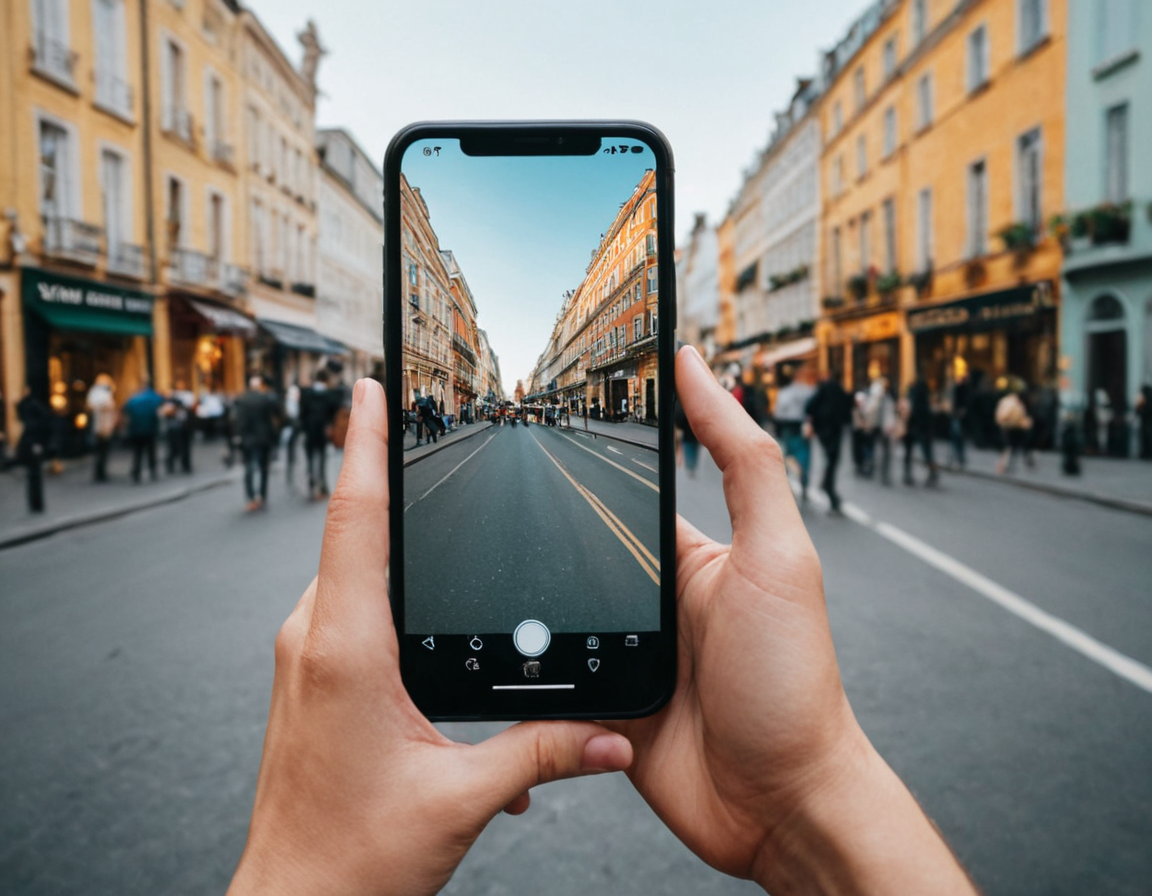Bust Myths in Mobile Photography

Debunking Common Mobile Photography Myths: Separating Fact from Fiction
Introduction
Mobile photography has become an integral part of our daily lives, with millions of people around the world capturing life’s precious moments. However, amidst the sea of smartphone cameras, myths and misconceptions have emerged that can lead to suboptimal results. In this article, we will delve into some common mobile photography myths, debunk them, and provide practical examples to help you take better photos.
Myth #1: You Need an Expensive Camera or Equipment to Take Good Photos
Many aspiring photographers believe that expensive cameras or equipment are required to produce high-quality images. However, the reality is far from it. The quality of your camera is only as good as the person holding it. A smartphone can be a powerful tool in the right hands.
Why Smartphone Cameras Are Capable
Smartphone cameras have come a long way in recent years, with advancements in technology and software. Many high-end smartphones now feature advanced camera systems, including multi-lens setups, optical zoom, and improved low-light performance.
Example: Using Your Smartphone Camera to Take Better Photos
Instead of relying on expensive equipment, focus on using your smartphone’s built-in features. For example, you can use the ultra-wide-angle lens, portrait mode, or night mode to capture stunning images.
Why You Should Focus on Technique Over Equipment
While having a powerful camera is essential, it’s equally important to focus on developing your skills and technique. Learn about composition, lighting, and subject placement to produce better results.
Myth #2: The Rule of Thirds Is a Hard-and-Fast Rule
The rule of thirds is often touted as a hard-and-fast rule in photography. However, the reality is that it’s more of a guideline than a strict rule. Breaking free from conventional rules can lead to more creative and interesting images.
Why Rules Are Meant to Be Broken
Photography is an art form, not a science experiment. The goal is to create something visually appealing, not follow strict guidelines. Experiment with different composition techniques to find what works best for your image.
Myth #3: You Can’t Capture High-Quality Images in Low Light
Low-light conditions can be challenging, but it’s not impossible to capture high-quality images. With the right technique and equipment, you can produce stunning results even in subpar lighting conditions.
Why Using a Tripod Is Essential in Low Light
Using a tripod is essential when shooting in low light. It allows you to stabilize your camera, reducing camera shake and blur. Additionally, it gives you more control over your shots, enabling you to make adjustments as needed.
Myth #4: You Need to Be an Expert to Take Good Photos
No one expects you to be a photography expert overnight. The key is to learn and have fun with the process. Don’t be afraid to experiment and try new things – it’s all part of the learning curve.
Why Practice Makes Perfect
Practice is essential when it comes to improving your photography skills. The more you shoot, the better you’ll become at understanding your camera, lighting, and composition.
Conclusion
Mobile photography has come a long way, and with the right mindset and technique, anyone can produce high-quality images. By debunking common myths and focusing on developing your skills, you’ll be well on your way to taking better photos that capture life’s precious moments.
Call to Action
What’s your favorite mobile photography hack? Share your tips and tricks in the comments below!
Tags
mobile-photography-tips debunking-myths smartphone-cameras photo-taking-guide best-moments-capture
About Amanda Lee
Hi, I'm Amanda Lee, a seasoned photographer and blogger passionate about helping creatives grow their skills. With a background in photo editing software like Lightroom & Photoshop, I share practical tips, tutorials, and inspiration on lentecreativa.com to help photographers elevate their craft.
